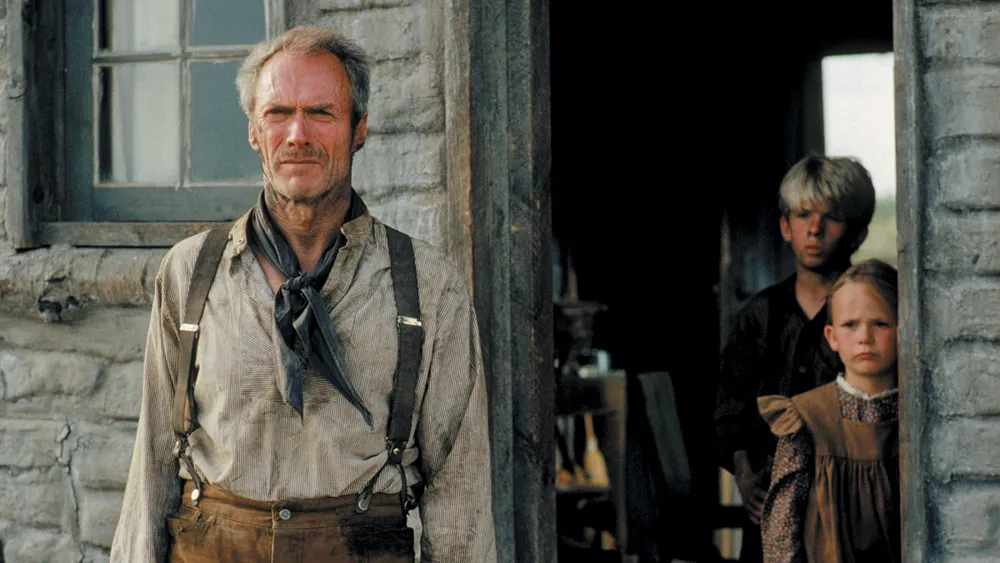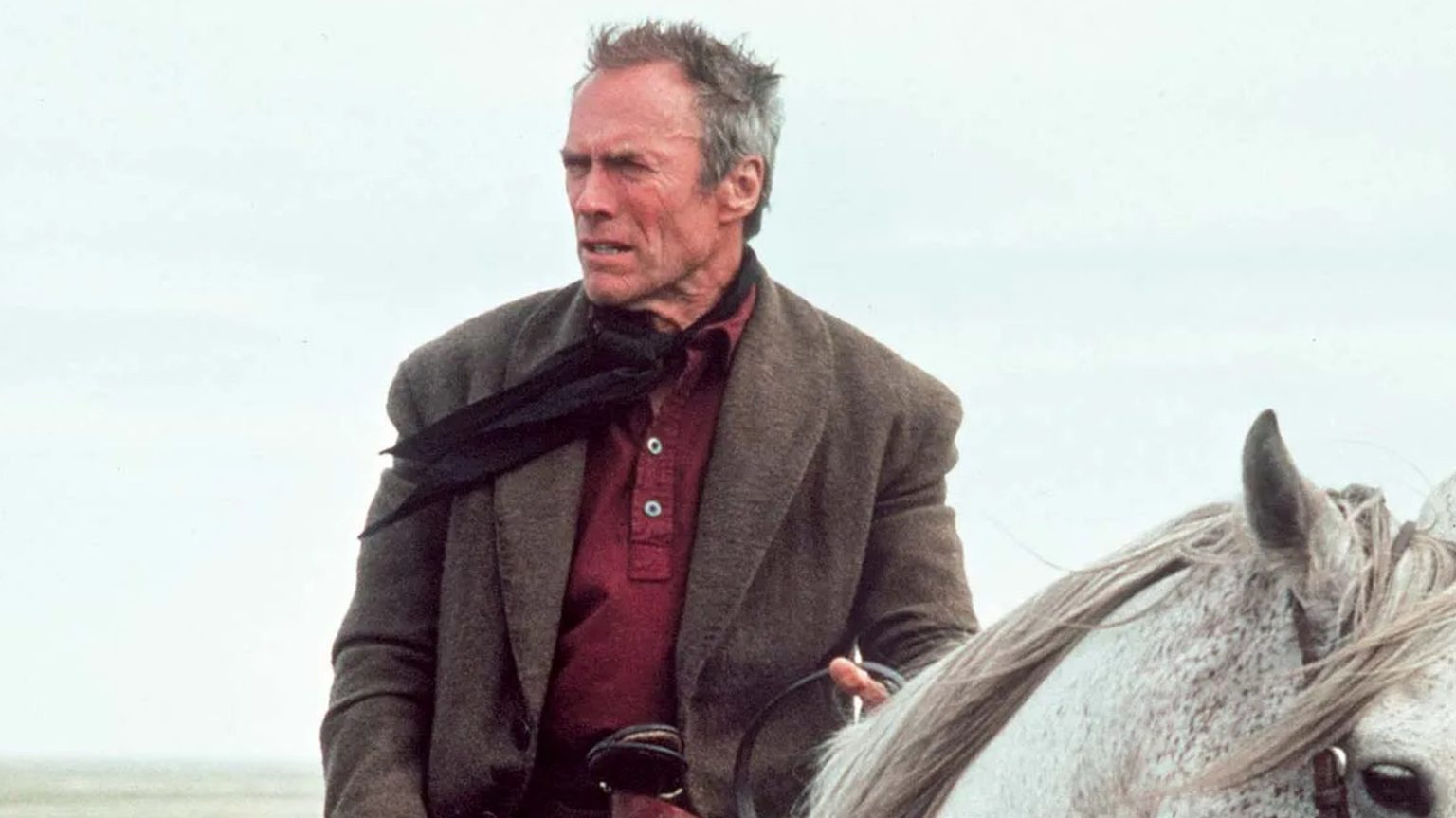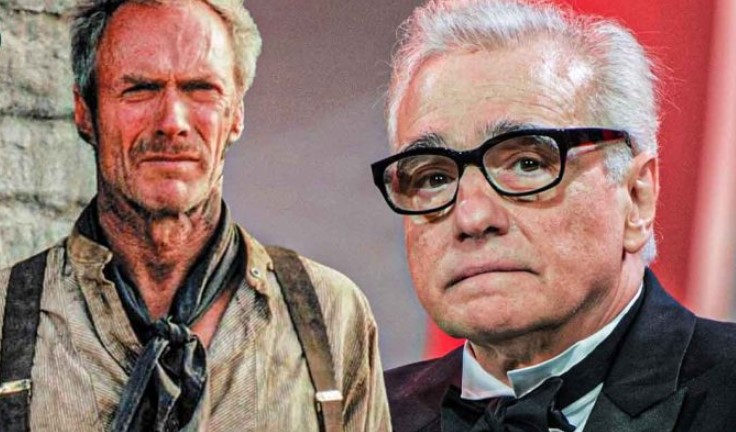Director Martin Scorsese’s Taxi Driver and Hollywood legend Clint Eastwood’s Unforgiven have amassed numerous accolades, including Academy Award nominations for Best Picture (with “Unforgiven” securing a win) and placements on the American Film Institute’s list of the 100 greatest films ever made.
At first glance, these two movies appear to belong to different genres and share little in common. Taxi Driver unfolds as a crime drama in 1970s New York, while Unforgiven is a Western, set in 1880s Wyoming.
Unforgiven Had A Huge Influence On Taxi Driver

While it may not be immediately apparent, David Webb Peoples, the screenwriter behind Unforgiven, found significant inspiration in Martin Scorsese’s Taxi Driver. Peoples, recognized for co-writing Blade Runner and 12 Monkeys with his wife, Janet Peoples, was the sole credited screenwriter for Unforgiven. In a 2014 interview with That Shelf, Peoples revealed the influence of Taxi Driver on his work.
Peoples sees a more profound link between Taxi Driver and Unforgiven than just a surface appreciation. In both movies, the focus is on isolated protagonists, individuals who dispense their unique form of vigilante justice within male-dominated environments.

“When I first started writing, I didn’t want to have anybody get killed in any script I wrote because I was just so put off by the unreality. When people get killed in the movies, it’s like in James Bond, which is perfectly legitimate because James Bond is James Bond, and that’s the reality they set up. But even in other movies, you kill 10 people and then you go have breakfast – it’s as if it didn’t have any impact whatsoever. But all of a sudden I see Taxi Driver and people are getting killed, and the characters maintained how they would be in real life.”
Recognizing that Taxi Driver played a significant role in shaping the essence of Unforgiven provides a compelling reason to revisit these two movies in a double-feature, carefully examining the ways in which the former’s influence reverberates throughout the latter.
Clint Eastwood’s Feud Forced A New DGA Rule

Clint Eastwood left an indelible mark on the film industry and served as a catalyst for a revolution that forever reshaped Hollywood. During his appearance on The Graham Norton Show, Tom Hanks, renowned for his role in Forrest Gump, shared insights into how the director interacts with his actors (as reported by The Guardian):
Tom Hanks told The Guardian:
“You certainly don’t want one of those Eastwood looks. He treats his actors like horses because when he did the 60s series Rawhide, the director would shout ‘Action!’ and all the horses bolted.”
This underscores Eastwood’s approach to film sets, but he has also demonstrated a level of authority in the past by leading to the dismissal of a director from a project.
